This summer, I was pleasantly surprised by the surge in tourism during the warmer months here in Cádiz. Intrigued by whether Spain experienced a similar influx of visitors, I delved into the tourist arrival statistics for 2022. Remarkably, Spain witnessed a staggering 106.2% increase in foreign tourists, with July alone hosting 9.07 million visitors.
Spain’s status as one of the preferred European holiday destinations among European travelers, as of September 2022, underscores its enduring appeal. If there were a tourism fashion show, Cádiz would undoubtedly be a hot ticket. Despite being a beloved summer spot for domestic tourists before COVID, the pandemic has elevated our region’s allure, attracting fashion-conscious travelers from around the globe.
When visiting a new place for the first time, people often rely on their preconceived notions. In today’s digital age, social media plays a significant role in shaping travelers’ perceptions. However, these platforms may not always accurately depict a destination’s true culture, often presenting an idealized version that isn’t entirely representative.
In this post, I aim to debunk five common travel misconceptions people harbor when visiting Spain and Cádiz for the first time, shedding light on the realities of travel experiences.
1. Sangría, the Drink Of The Spaniards
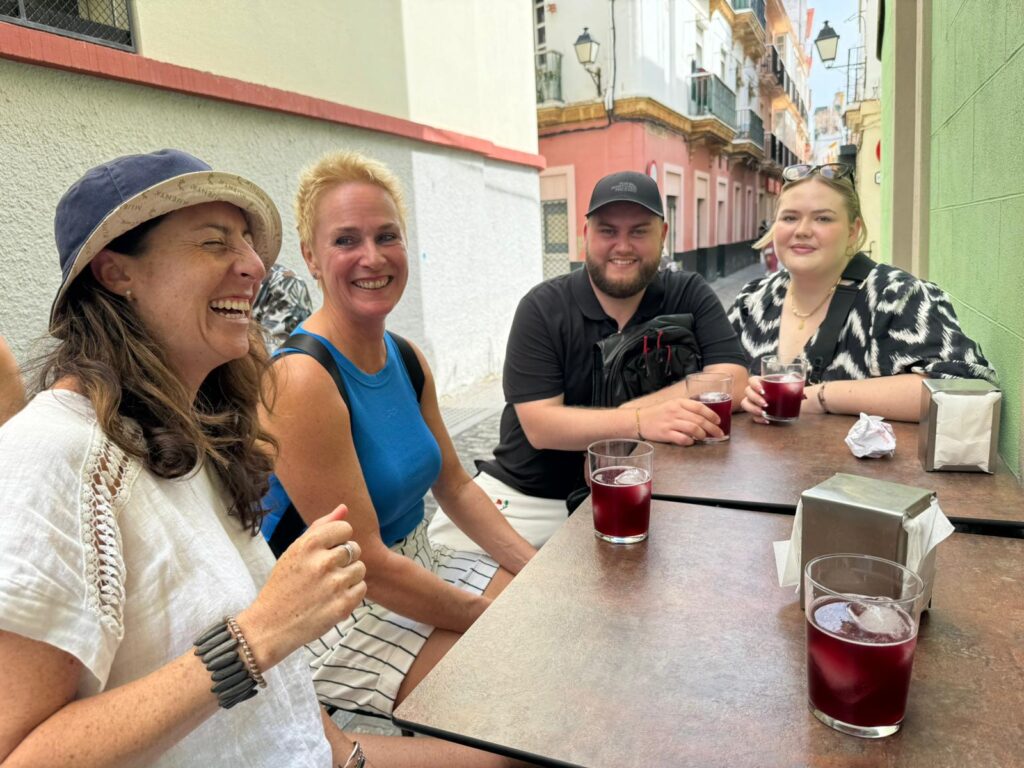
The last time I had sangria was on a girls’ trip to Barcelona with my mom and her friends in 2005 and boy did we get tipsy (aka drunk).
True sangria is basically wine with brandy or cognac, white soda, and lots of colorful fruit, oh, and to really top off the hangover, sugar.
Most Spaniards I know, have never tried sangria and probably never will or they make their own versions at home. This is why I consider Sangria to be misconception number 1. To be honest, sangría is a bit of a tourist trap, so the bars and restaurants can hike up the price.
A more typical drink down here in the south is:
Tinto de verano (summer wine) which is basically a mix of house red wine and soda (Fanta limón (Lemon) , Sprite or Casera)
Another tasty drink is called rebujito. Technically this drink used to only be served during feria time (our spring fair) but more and more you can find it on the menu.
Rebujito is fino (dry sherry wine) and Sprite.
To be blunt, drinking something like sangría in the summer heat is a bit strong. Sometimes it is best to go with something light so you to pace yourself through the long summer days.
2. Spicy Food In Spain?
Hehehe so this one always makes me smile. I hear more often than not
‘The Spanish don’t eat a lot of spicy food huh?!’.
The answer is no, no they do not.
At first, I used to be confused by this statement but then of course most people liken Spain to Mexico, where they eat a lot of spicy food.
Here we are just now discovering the flavor of hot spice and believe me I am very excited about it. I have spent my life trying to slowly “accustoming” (yes, I just used a Spanglish word – make used to/acostumbrar) my Spanish friends eating spicy food by adding a little chili spice to their meals whenever they come over for dinner.
Most Spanish people have no tolerance for it. We do however use other spices such as paprika, cayenne peppers, and garlic which have their own bite. And of course, chorizo has its own hot flavor.
3. Siestas, The Spanish Nap
One of Spain’s most defining activities in foreign eyes is the Siesta. That wonderful 30min to 1-hour rest people take after lunch. And yes, it is one of the most traditional activities of Spain but unfortunately, it is in decline.
The 21st century has not been kind to this healthy and truly necessary activity. From the 1950s to the 1980s many people moved from the rural area of the country to the cities. Due to a variety of political and economic reasons. The change from rural country life to city life meant a different work schedule, one which does not permit a midafternoon nap.
According to BBC only about 18% of the Spanish population still participates in this extra and much-needed sleep midday. Those who can’t during the work week take advantage of it during the weekends and in the summer months.
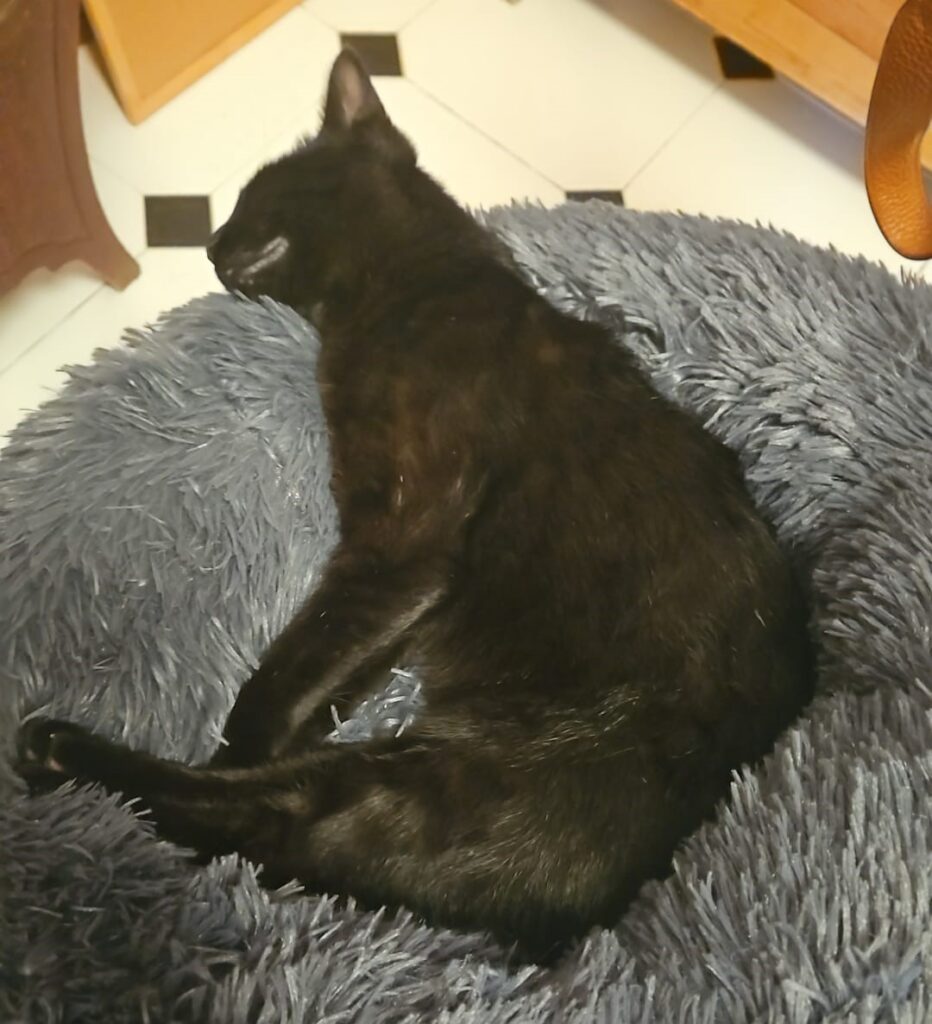
You all know I love my history, so here is a fun little tidbit for you all.
Where does the Siesta originate and why is it associated with Spain?
The idea of siestas was first introduced to Spain by the Romans. The Romans divided their days into 12 hours of light with the ‘sexta‘ Latin for the sixth, the hour after sunrise, dedicated to the hour of rest. The order of the Benedictus or the monks created a rule that the sixth hour would be the hour of rest, which was then brought into Spain. What was once known as ‘Guardar la sexta‘ translated into guardar la siesta (save the nap) and ‘sextear‘ turned into siestear, the verb form of Siesta or as we know it naptime.
This tradition of taking a nap during the hottest hour of the day worked well in Spain as the country primarily comprised of agriculture and fishing communities. There are still some traditional areas like Cádiz that follow the old school work day which is divided up into two working blocks 9 am-2 pm and 5 pm-9 pm with a 2 to 3-hour lunch break in between. This allows people to eat lunch and enjoy some zzz’s before going back to work.
The Spanish also use the Siesta as a way to catch up on some sleep as Spain has a later bedtime than the rest of Europe. So a little nap, at midday is much appreciated.
4. Public Transportation is Everywhere
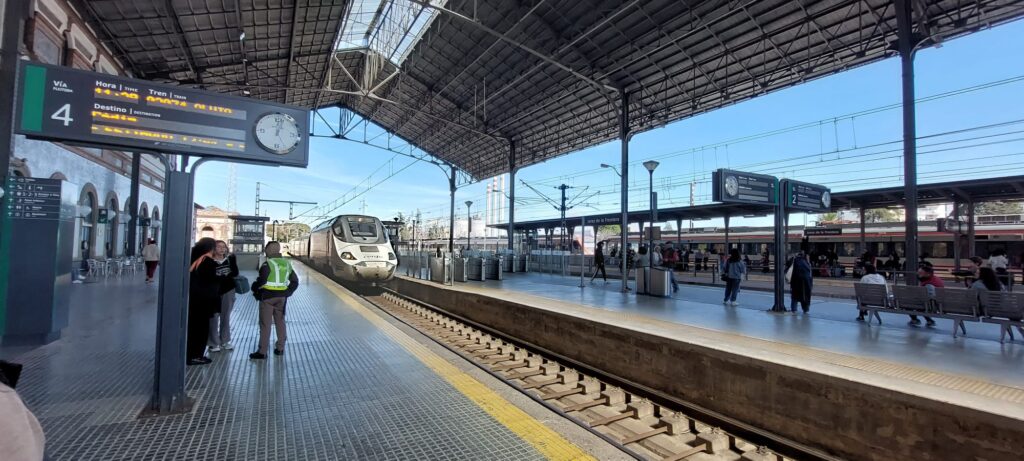
One thing I have realized while talking to people from outside Europe is that many people believe that there is cheap public transportation everywhere. Which is not necessarily true.
Fun fact: Spain is home to Europe’s most extensive high-speed rail network, with over 2500 km in service and many more under construction. These trains are running at speeds of up to 310 km/h. This is awesome if you are in a big city or traveling within the north. However, in the south, we are a little neglected (but hopefully not for long as new rails and new connections are being put in).
Now before anybody gets upset about my statement, it is true, in-between cities such as Madrid – Málaga or Madrid Sevilla or even Madrid – Cádiz the trains are typically fast and reliable (but definitely not cheap)!
(• side note the Renfe website, which is the train booking website, could use a little love, so please tread with patience. )
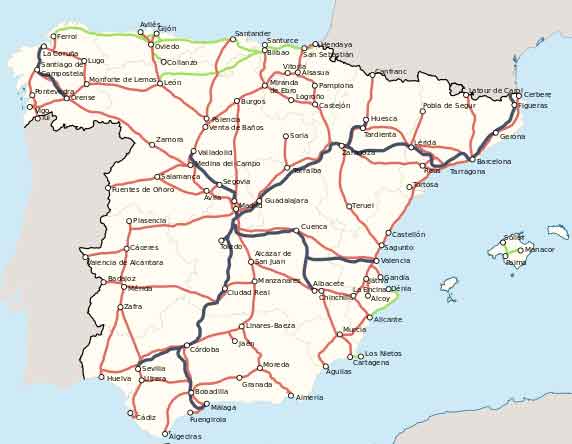
The local transportation, from town to town inside Cádiz, however, is not doing so hot.
We, of course, have all of your typical local transportation, trains, busses, and ferries but they do not run all the time and like most public services can be excruciatingly slow.
This is why I always recommend either using Blabla car ( community-based travel network – kinda like a carpool) or renting a car if you are planning on visiting our lovely province. If you are planning on taking public transportation, take a Zen approach and be prepared not to be in a rush and to definitely have a little patience.
If you are planning on doing a trip around the province of Cádiz: Another fun idea is renting a caravan essentially a car/hotel in one, which helps when balancing the checkbook.
5. All We Have Are Beaches
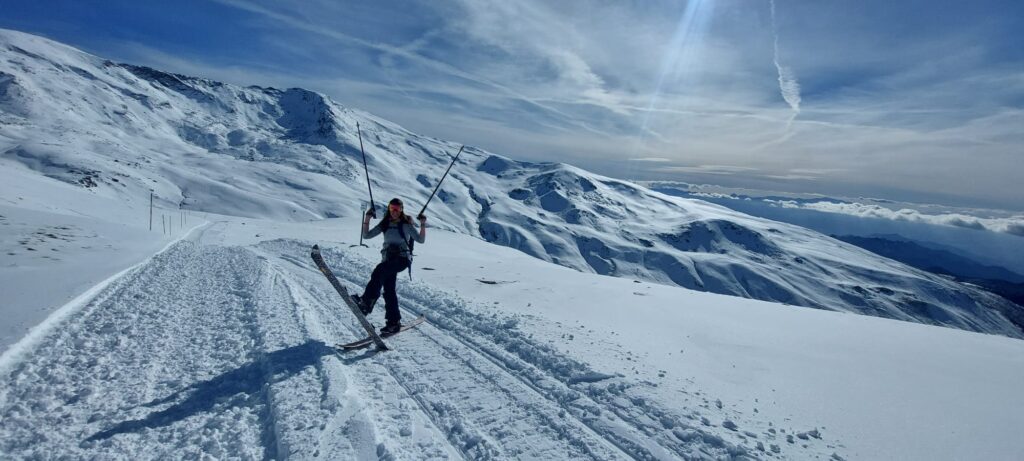
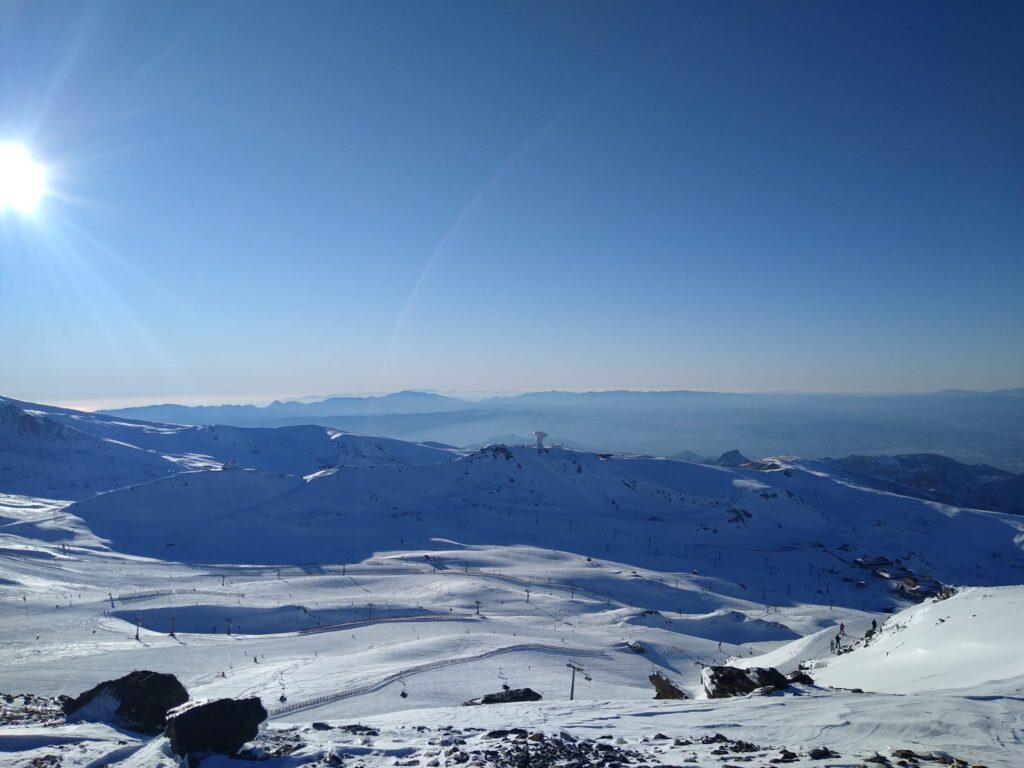
When people think of Spain they tend to conjure images of sunny warm weather and beaches. Which is not wrong.
What most people do not realize is how diverse the Spanish landscape is. It boasts a little bit of everything from tall long mountain ranges to deep dark forests and arid deserts. We have it all.
Spain is completely surrounded by water with a few exceptions. It is bordered by France to the north as well as Andorra which is nestled between the two countries and of course Portugal to its west. Other than that, Spain has about 8,000km (4970.97 miles) of coastline. To top it off, we boast about 15% of the world’s blue flag beaches, which are mainly in Valencia and Andalucía.
This is why sunbathing is such a popular pass time. And yes, it is legal to be topless on our beaches.
*Blue Flag beaches: Basically it is a volunteer awards program that gives out a blue flag to beaches that meet certain standards. Such as, cleanliness and safety.
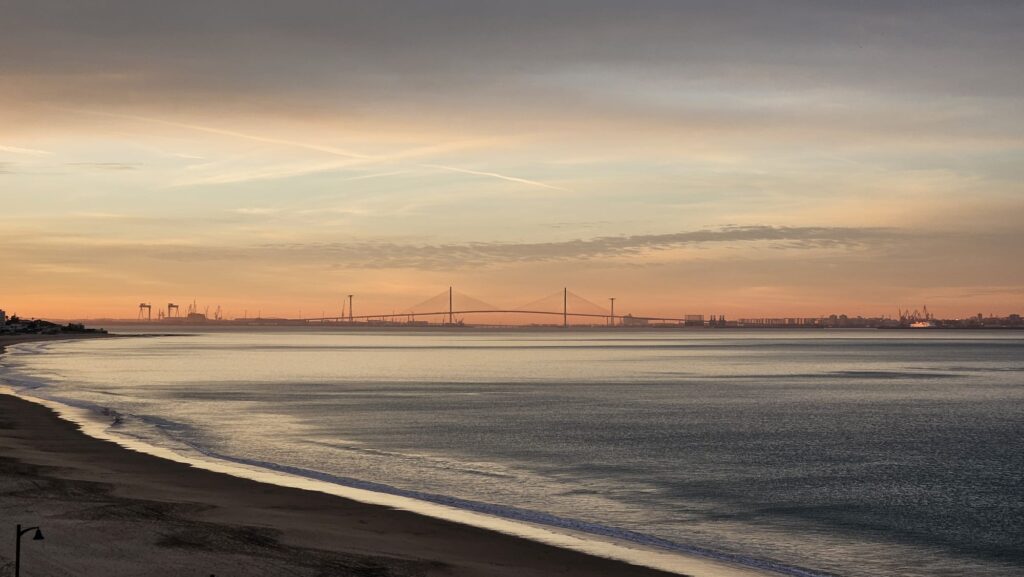
Mainland Spain and Portugal are known as the Iberian Peninsula and are surrounded by the Mediterranean to the east and the Atlantic to the west. We are technically the fourth-largest country in Europe and the second-largest in western Europe. If we really want to be cheeky about it we can claim to be the biggest country in Southern Europe.
Spain has several islands to its east and south which also have their own diverse landscapes and climates but we won’t get into that.
MOUNTAINS
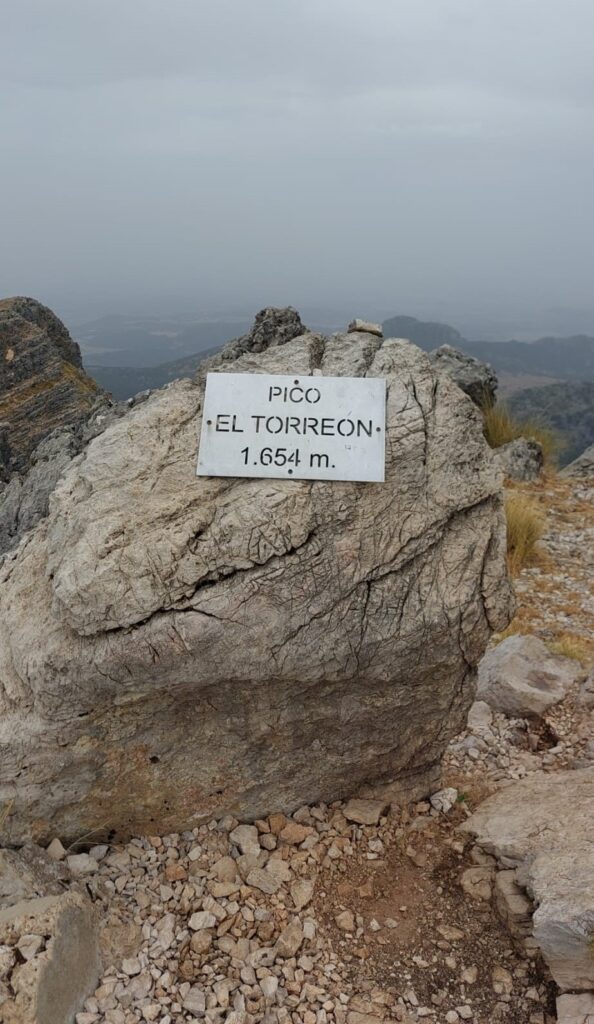
Spain is an extremely mountainous country. There are 8 major mountain ranges within the country (including the islands) although there are several smaller ‘sierras‘ (mountain ranges) as well. One of which is located to the north of Cádiz, la Sierra de Grazalema, El Torreon (1.654m.).
The mountain Mulhacén in Sierra Nevada (in Granada, Andalucía) is the highest peak in Western Europe outside of the Alps. It is also the third-most topographically prominent peak in Western Europe.
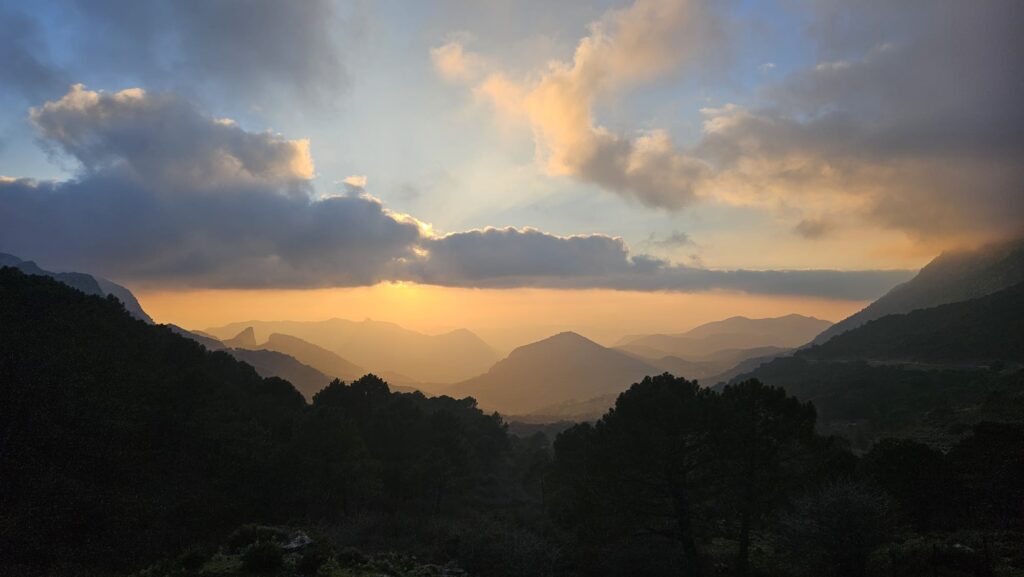
If you are looking for a fun hike to do in the Grazalema area check out our post ‘A fun hike in Grazalema National Park in Cádiz’.
FORESTS
Although Spain is the 3rd most forested country in Europe, about 36.7% of its land is covered in forests. Spain has had a long and depressing history when it comes to its trees and forests. Deforestation has been a constant theme since the time before the Romans.
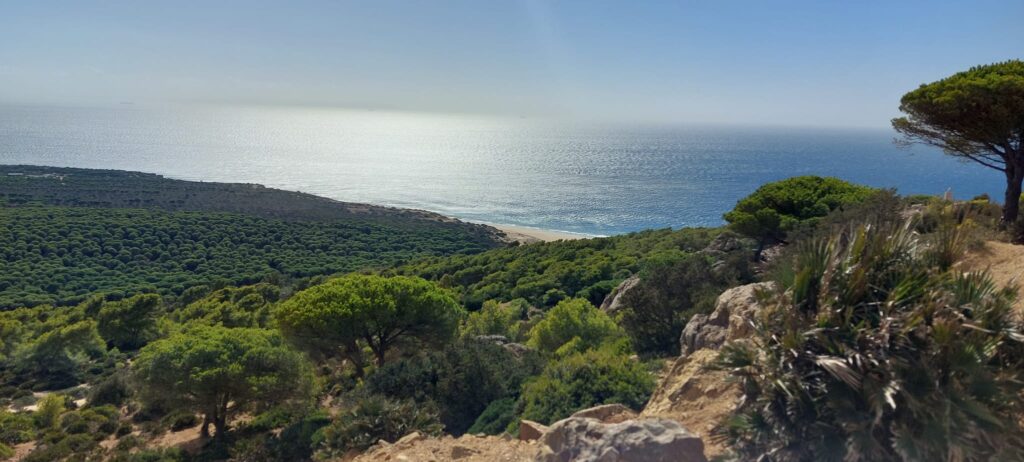
There is an old wives tale that dates back to the time of the greeks in the 1st century. It claims Spain had such a lush landscape a squirrel could cross from the south to the north of the country by jumping from one tree to another without ever touching the ground.
Every civilization that has stepped foot in Spain has played its part in cutting down the local trees. Wars and invasions along with cultivation were the first culprits. Then as the Christian empire was established, the trees of Spain were used mostly for, shipbuilding, agriculture, and mining. Now, Spain is attempting to reforest its land. Due to the rise of temperature in recent years, the peninsula is in danger of fires and desertification.
Fun Fact:
Spain has the largest cultivated forest in the world. Want to take a guess on what this forest is made of!
Olive trees! The olive grove in Andalucía is the largest in the world with over 1.5 million hectares and accounts for 30% of the global olive oil production according to the UNESCO world Heritage Conventions.
DESERTS
Europe’s only desert area is located in Andalucía Spain. It is called the Tabernas Desert and supports several animal and plant species that are rare in the world. It has actually become quite famous in recent years, as it is one of the locations for the filming of Game of Thrones. Due to its similarities to northern Mexico, many Hollywood westerns have also been filmed there. They even have three sets that resemble Wild West Towns you can visit in Almeria. Check out the link here.
I know there are many other topics I could have added to this list. These are some of the ones I personally come across the most. Hope hope that you have learned something new. I certainly learned some fun facts while writing this blog :)!!!

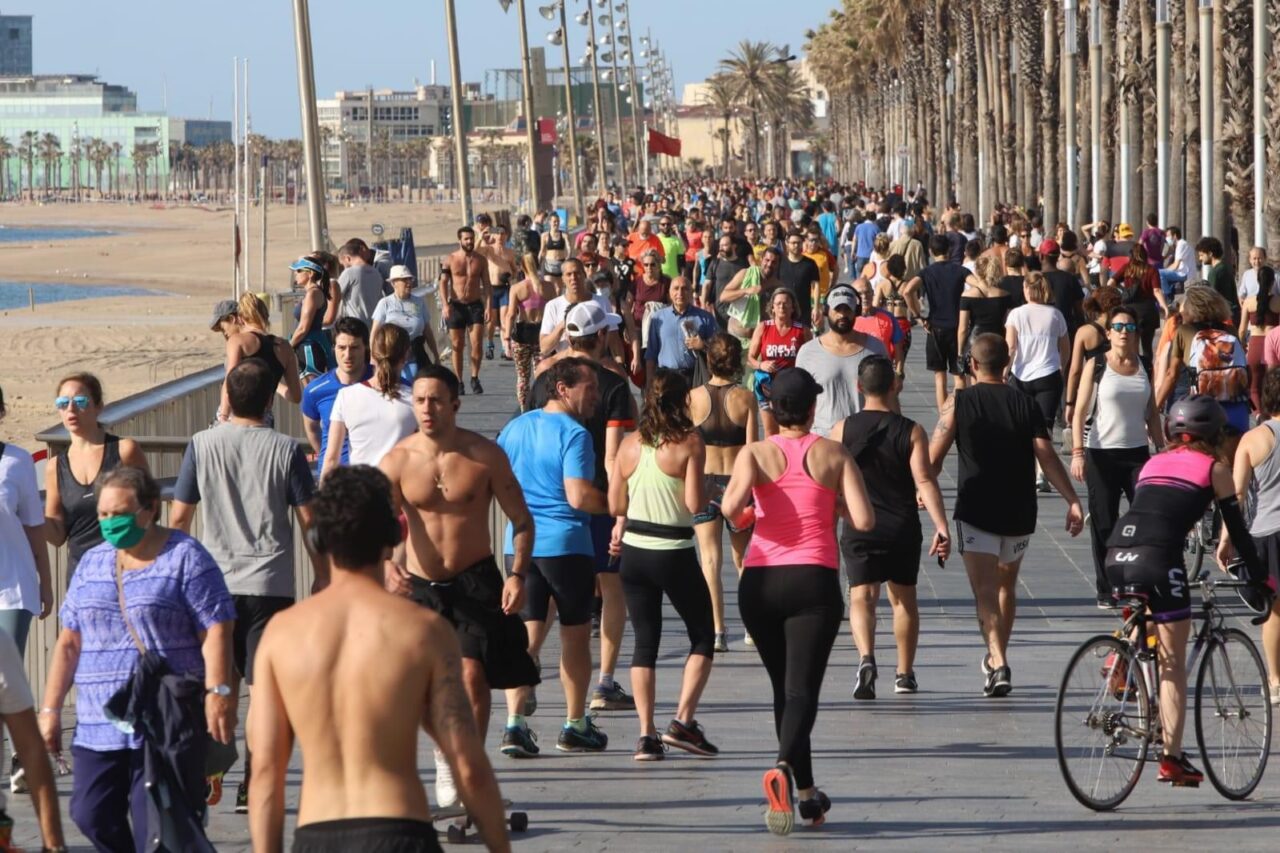







0 Comments